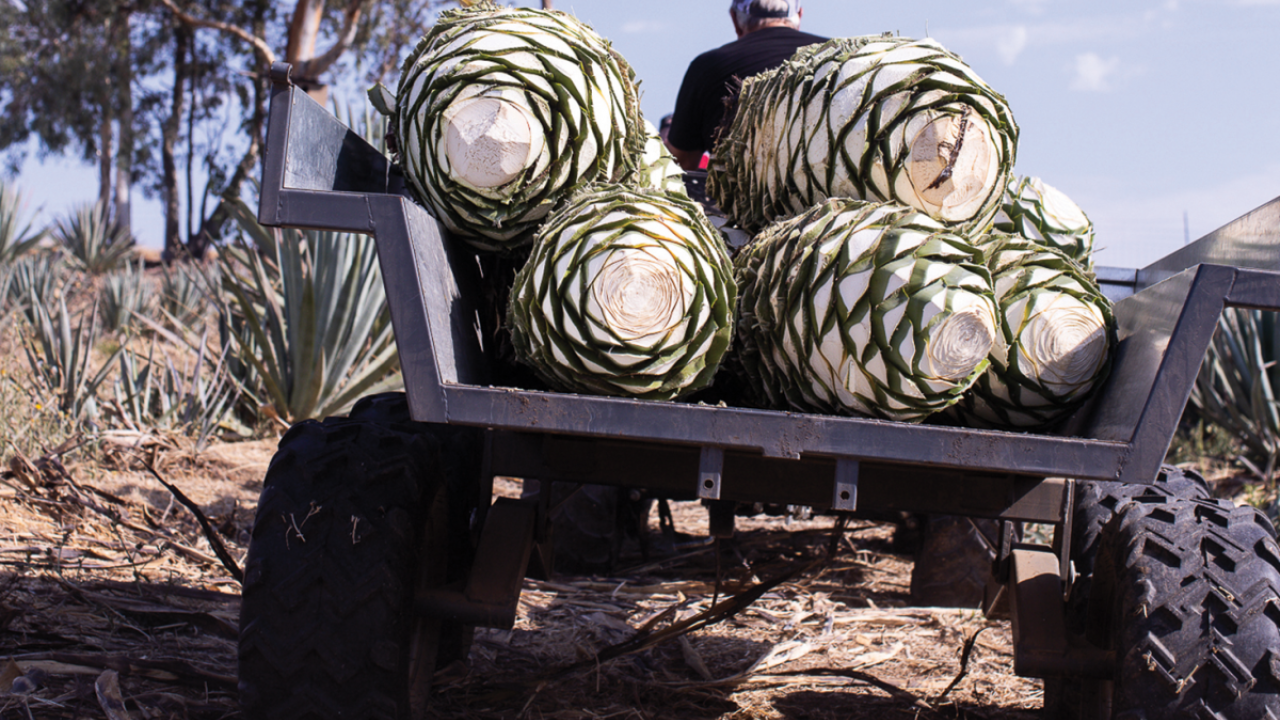
Could Agave Spirits Be a Sustainable Gold Rush for California?
Hardy plants could solve water crisis for farmers and give distilleries a big opportunity
Quick Summary
- On a sunlit afternoon in 2021, a Honda hauling a long, white rowboat pulled into a truck stop as its windshield filled with a sapphire mirage of Mono Lake, the water pinched between jagged mountains and bright blue skies.
On a sunlit afternoon in 2021, a Honda hauling a long, white rowboat pulled into a truck stop as its windshield filled with a sapphire mirage of Mono Lake, the water pinched between jagged mountains and bright blue skies.
The man behind the wheel was Craig Reynolds, a retired political operative who has become Yolo County’s pioneer agave farmer and founding director of the California Agave Council. The crew waiting for him with a van on that day was from Shelter Distillery, one of only seven alcohol producers in the state currently making California agave spirits. Shelter’s tequila-like elixir, born from a tequilana species of agave Reynolds grows, was just on the verge of being released. The small distillery based in Mammoth Lakes decided it needed more plants. Reynolds was already planning an adventure in the high Sierra when they called. He glanced at his fishing rig — and got an idea.
“I thought, ‘You need more agave?’” he remembers, chuckling. “How about a boatload?”
The bladed, Stegosaurus-looking plants that produce tequila might be associated with the deserts of Mexico, but researchers at UC Davis announced a $100,000 project in early September to study their viability in the state. Over the last eight years, Reynolds and several farmers have demonstrated that the crop can thrive on acres traditionally known for fruit, nuts and wine grapes. In an increasingly warm landscape, where severe droughts are predicted to be the norm and political battles over water are intensifying, agave could represent a game-changing possibility for the state. It’s generally dry-farmed in Mexico, meaning its water comes naturally from the sky for a few months, the rest of the year enduring the sun’s fiercest heatrays.
Reynolds wants agave to evolve from a novelty crop to a force of stability within California’s changing bread basket. He also wants it to propel a signature Golden State spirit that consumers are truly excited about. That’s why he brought farmers and distillers into the California Agave Council when it was formed in March of 2022. Within five months, Reynolds had found an author for AB2303, organized industry support for it and testified before the legislature. The bill passed and was signed by Gov. Gavin Newsom, setting agave on a new trajectory.
Full article: https://www.comstocksmag.com/article/could-agave-spirits-be-sustainable-gold-rush-california